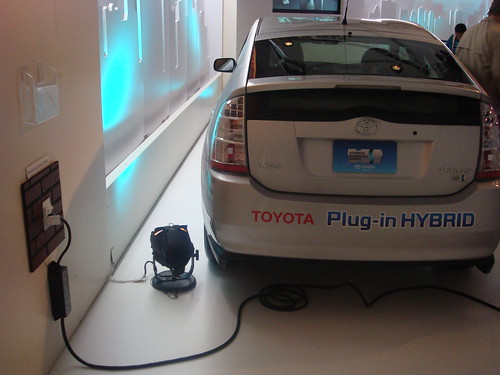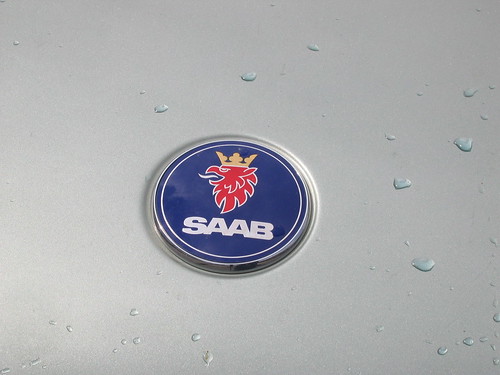“Global Climate Change Impacts in the United States” – New Report Provides Authoritative Assessment of National, Regional Impacts of Global Climate Change
(Source: U.S. Global Change Research Program)
New Report Provides Authoritative Assessment of National, Regional Impacts of Global Climate Change Details Point to Potential Value of Early, Aggressive Action.
Climate change is already having visible impacts in the United States, and the choices we make now will determine the severity of its impacts in the future, according to a new and authoritative federal study assessing the current and anticipated domestic impacts of climate change.
The report, “Global Climate Change Impacts in the United States,” compiles years of scientific research and takes into account new data not available during the preparation of previous large national and global assessments. It was produced by a consortium of experts from 13 U.S. government science agencies and from several major universities and research institutes. With its production and review spanning Republican and Democratic administrations, it offers a valuable, objective scientific consensus on how climate change is affecting—and may further affect—the United States.
“This new report integrates the most up-to-date scientific findings into a comprehensive picture of the ongoing as well as expected future impacts of heat-trapping pollution on the climate experienced by Americans, region by region and sector by sector,” said John P. Holdren, Assistant to the President for Science and Technology and director of the White House Office of Science and Technology Policy. “It tells us why remedial action is needed sooner rather than later, as well as showing why that action must include both global emissions reductions to reduce the extent of climate change and local adaptation measures to reduce the damage from the changes that are no longer avoidable.”
Some key findings includes:
- Climate changes are underway in the United States and are projected to grow. Climate-related changes are already observed in the United States and its coastal waters. These include increases in heavy downpours, rising temperature and sea level, rapidly retreating glaciers, thawing permafrost, lengthening growing seasons, lengthening ice-free seasons in the ocean and on lakes and rivers, earlier snowmelt, and alterations in river flows. These changes are projected to grow.
- Crop and livestock production will be increasingly challenged. Agriculture is considered one of the sectors most adaptable to changes in climate. However, increased heat, pests, water stress, diseases, and weather extremes will pose adaptation challenges for crop and livestock production.
- Threats to human health will increase. Health impacts of climate change are related to heat stress, waterborne diseases, poor air quality, extreme weather events, and diseases transmitted by insects and rodents. Robust public health infrastructure can reduce the potential for negative impacts.
Here are the key messages of the report pertinent to Transportation:
- Sea-level rise and storm surge will increase the risk o • f major coastal impacts, including both temporary and permanent flooding of airports, roads, rail lines,and tunnels.
- Flooding from increasingly intense downpours will increase the risk of disruptions and delays in air, rail, and road transportation, and damage from mudslides in some areas.
- The increase in extreme heat will limit some transportation operations and cause pavement and track damage. Decreased extreme cold will provide some benefits such as reduced snow and ice removal costs.
- Increased intensity of strong hurricanes would lead to more evacuations, infrastructure damage and failure, and transportation interruptions.
- Arctic warming will continue to reduce sea ice, lengthening the ocean transport season, but also resulting in greater coastal erosion due to waves. Permafrost thaw in Alaska will damage infrastructure. The ice road season will become shorter.
Click here to download a copy of the full report. Alternatively, you can specific sections of the report here.









 In an interview with ACE, a leading automotive club representing the interests of 550.000 Germans, the Environment Minister Sigmar Gabriel has taken a clear stance in favour of CO2 in the currently hotly debated question of which refrigerant to choose for future car air conditioning systems:
In an interview with ACE, a leading automotive club representing the interests of 550.000 Germans, the Environment Minister Sigmar Gabriel has taken a clear stance in favour of CO2 in the currently hotly debated question of which refrigerant to choose for future car air conditioning systems:



